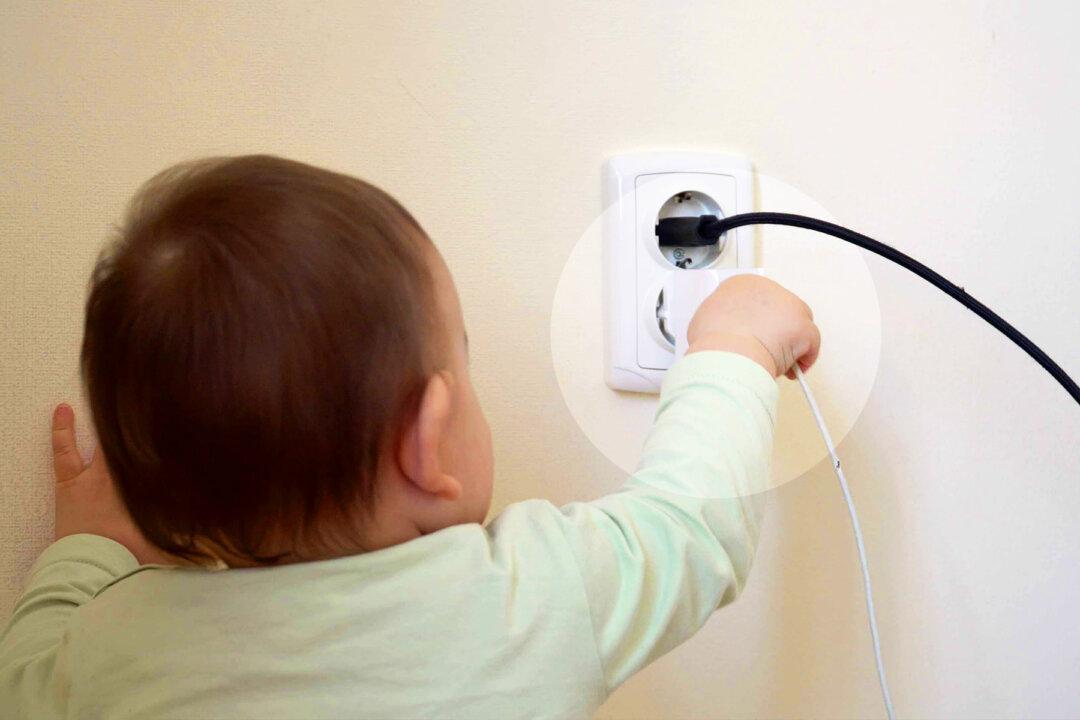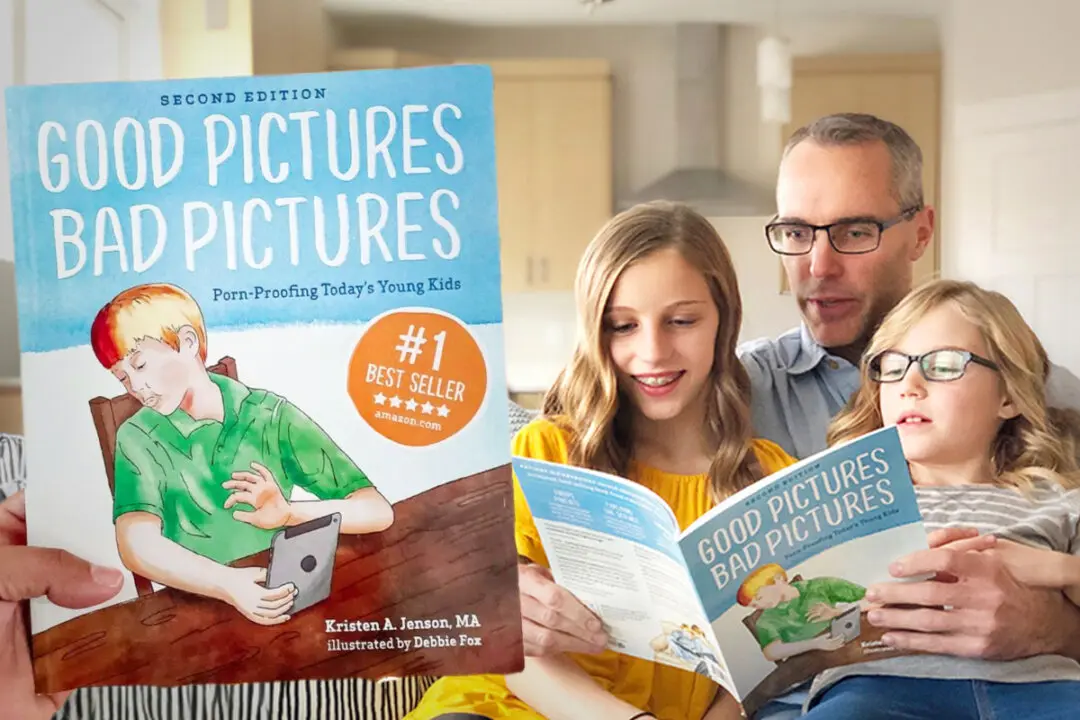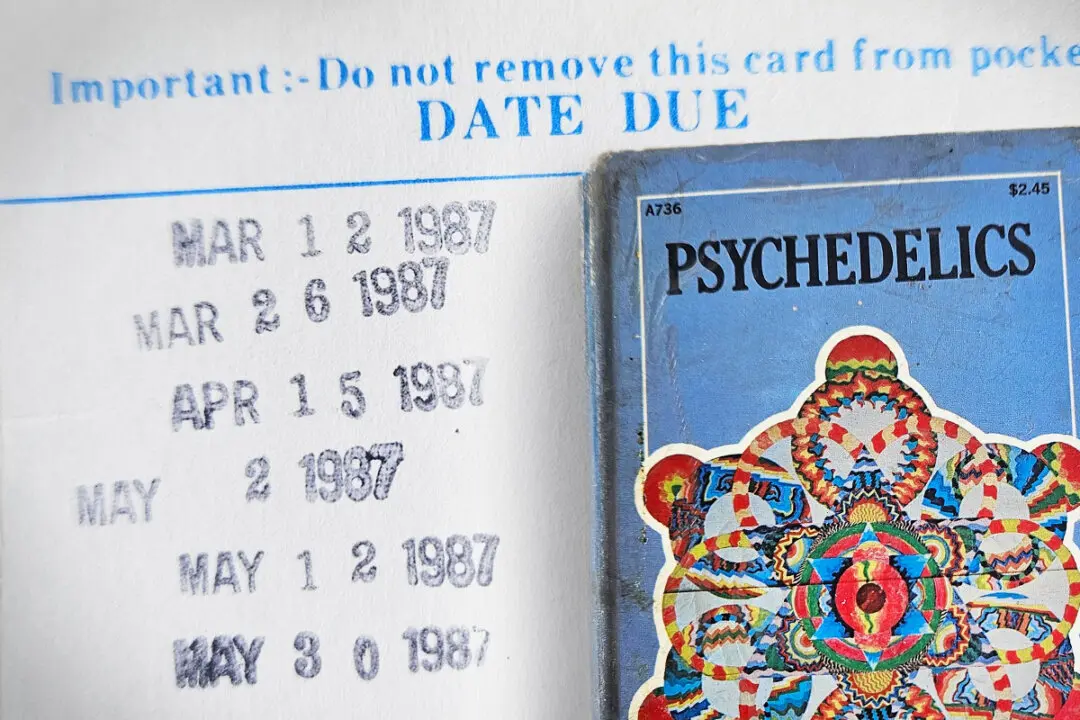An Australian mother is alerting other parents to unseen dangers in the home after an often-neglected device injured her toddler; after playing with a phone charger, the woman’s baby daughter received an electrical shock so severe that it landed her in the emergency room.
The mother, who remains anonymous, shared her story with Facebook page CPR Kids in November 2019. “My daughter was admitted into the hospital Monday after receiving a pretty bad electrical shock from trying to plug my phone charger in,” she explained.




